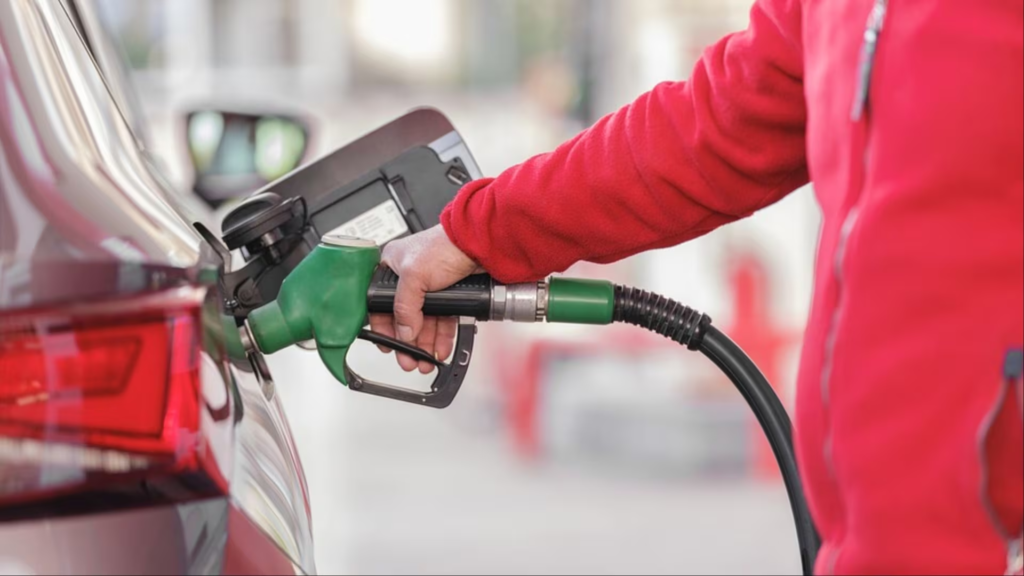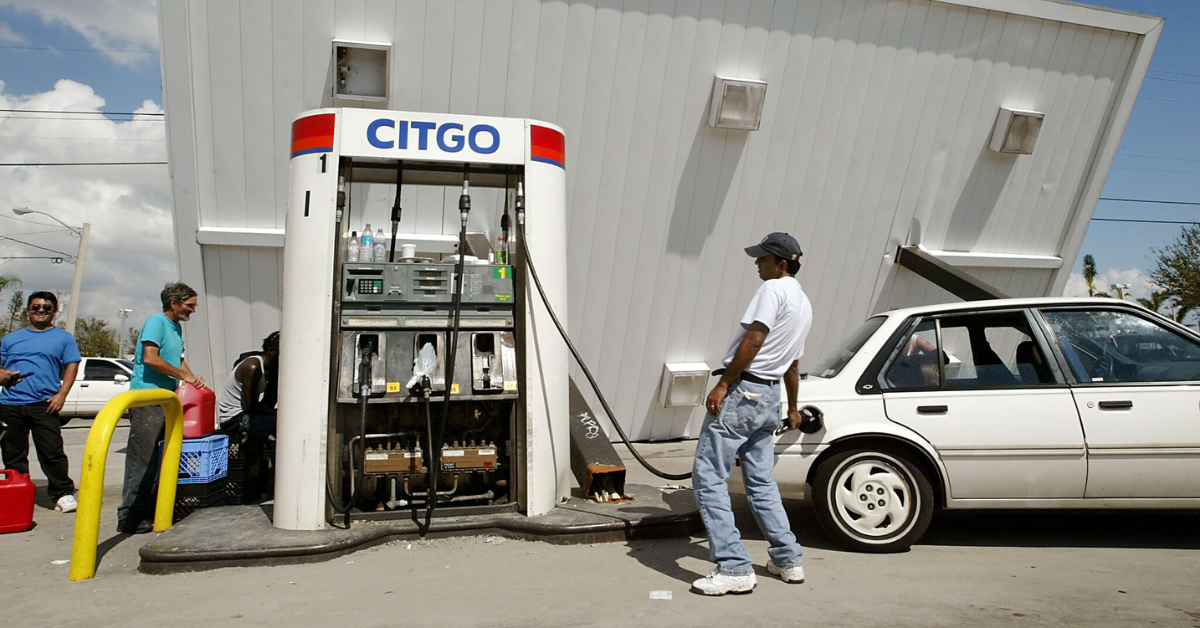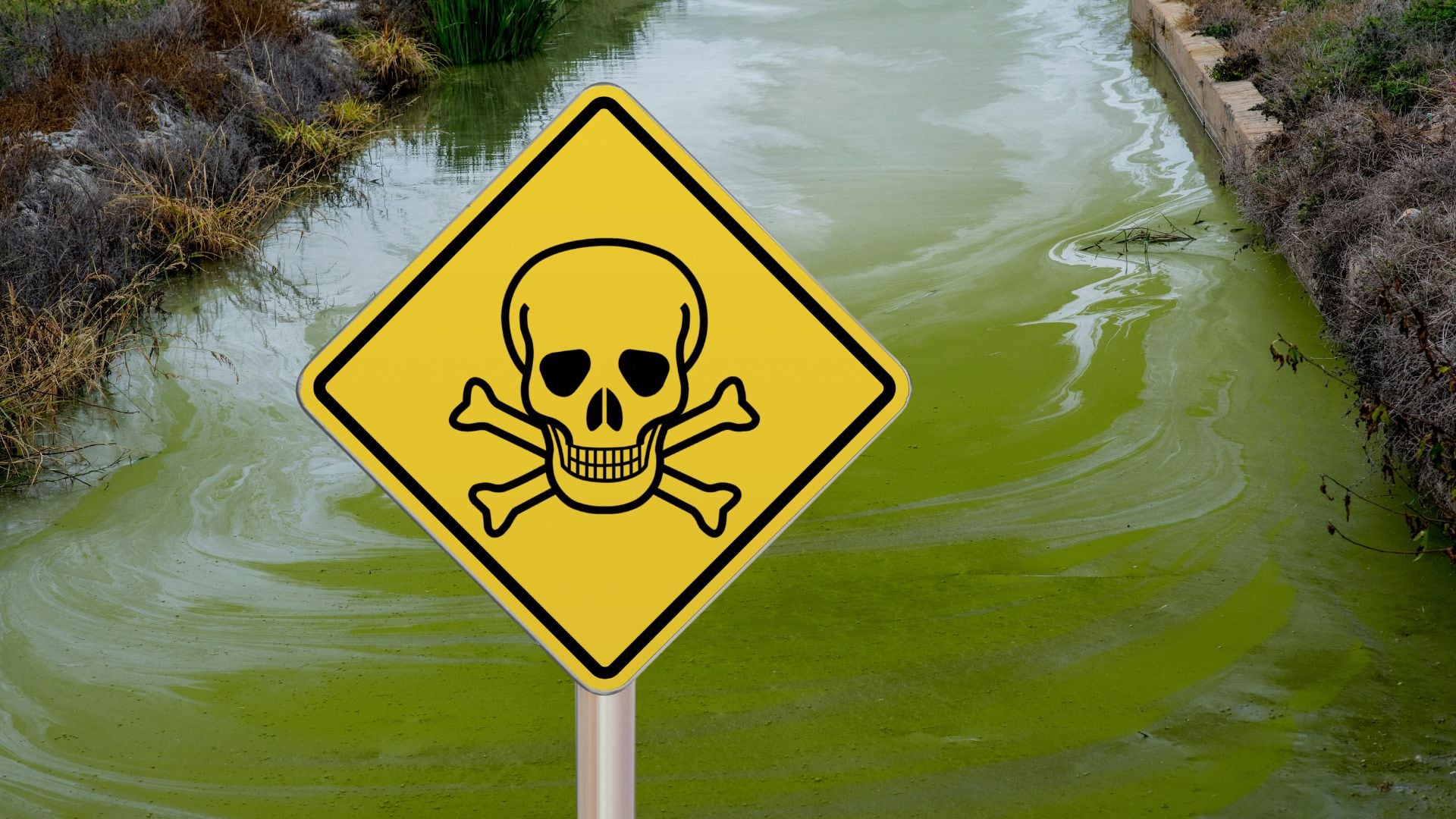Drivers in central Florida are being warned about the potential risks of using E-15 gas blend in their vehicles. This fuel, made up of 15% ethanol and 85% gasoline, has been gaining popularity as an alternative fuel due to its lower environmental impact. However, it is important for drivers to be aware of the potential consequences of using E-15, especially for certain types of vehicles and engines.
Ethanol is an alcohol-based fuel that is blended with gasoline to create a mixture that burns cleaner than pure gasoline. This blend can reduce greenhouse gas emissions, making it an attractive option for environmentally conscious drivers. The higher ethanol content in E-15 is aimed at reducing carbon emissions and promoting renewable energy. While it may sound like a positive step toward more eco-friendly driving, it comes with some important considerations that drivers need to be aware of.
One of the key concerns with E-15 is that it may not be suitable for all vehicles. The Environmental Protection Agency (EPA) has issued guidelines stating that E-15 is only safe to use in cars, trucks, and SUVs that are model year 2001 or newer. This is because older vehicles, especially those with older engine designs, may not be able to handle the higher ethanol content in the fuel. Using E-15 in such vehicles could result in engine damage, as ethanol can be more corrosive to certain parts of the engine and fuel system.
For drivers with vehicles that fall under the recommended age range, the use of E-15 can still pose a risk if the car is not properly maintained. Ethanol can absorb water, which may cause issues in the fuel system if water accumulates in the engine. Over time, this could lead to rust and corrosion in various parts of the fuel system, including the fuel injectors and fuel pump. If the vehicle is frequently exposed to moisture or has issues with fuel system components, the use of E-15 may only accelerate these problems.
Another concern with E-15 is its effect on fuel economy. Ethanol contains less energy per gallon compared to pure gasoline, which means that vehicles running on E-15 may experience a decrease in fuel efficiency. This could lead to more frequent trips to the gas station and higher overall fuel costs for drivers who rely on the fuel.
Additionally, while ethanol is marketed as a cleaner alternative, its production process can still have environmental consequences. The farming and processing of corn, which is the primary source of ethanol in the U.S., requires significant amounts of water and energy. Therefore, while E-15 may help reduce emissions in the short term, its environmental benefits are not without their own environmental costs.

In addition to the concerns about vehicle compatibility and fuel efficiency, drivers in central Florida should also be aware of the potential impact of E-15 on their vehicle’s warranty. Many car manufacturers explicitly state that using fuels with more than 10% ethanol content could void the vehicle’s warranty. This is an important factor to consider, especially for those who have recently purchased a new vehicle or are still within their warranty period. Before switching to E-15, drivers should check their owner’s manual or consult with their dealership to ensure that using this fuel blend will not void their warranty.
The warnings around E-15 are not just limited to passenger vehicles. Other types of engines, such as those in boats, lawnmowers, and motorcycles, can also be impacted by the use of higher ethanol blends. These engines, which are not always designed to handle ethanol, may experience damage or poor performance when exposed to E-15. As a result, it is crucial for owners of such equipment to avoid using this fuel blend and instead opt for the standard E-10 gasoline, which is the most widely available and considered safe for most small engines.
While the use of E-15 in central Florida may seem like a convenient and eco-friendly choice, drivers must weigh the benefits against the potential risks. It is essential to consider the age of the vehicle, the condition of the engine, and the potential impact on fuel economy before deciding to make the switch. In some cases, using a lower ethanol blend, such as E-10, may be a safer and more cost-effective choice. For those with older vehicles or small engines, sticking to the standard E-10 gasoline is the safest option.
With the growing availability of E-15 and its push for a cleaner alternative to traditional gasoline, it’s important for drivers to stay informed about the fuel options available to them. As more states and regions begin to offer this blend at gas stations, it is essential for drivers to understand whether it is appropriate for their vehicle and whether it could cause long-term damage. As always, when in doubt, drivers should consult with their vehicle manufacturer or mechanic to get the best advice on fuel use and vehicle care.
The debate around E-15 fuel continues to evolve, and while it presents an opportunity for cleaner energy solutions, it also presents challenges for certain vehicle owners. The key to making an informed decision about whether to use E-15 lies in understanding the compatibility of the fuel with your vehicle and weighing the long-term benefits against the possible risks. As more drivers in central Florida and across the U.S. turn to alternative fuels, staying educated about the pros and cons of E-15 will help ensure that their driving experience remains safe, efficient, and environmentally responsible.








